It has been three months since the beginning of post-windstorm cleanup and administration expects another 18 months before the campus restoration process is complete.
The Loop was hit the hardest during the windstorm in mid-November. Throughout the campus 136 trees were lost and nearby buildings were damaged.
Chris Eichorst, director of facilities services, coordinated cleanup efforts and repair plans.
“It’s going to be four-to-five-hundred-thousand dollars,” Eichorst said.
The university’s insurance covers a majority of the expenditure, while administration is also petitioning for support from the Federal Emergency Management Agency (FEMA), a federal disaster relief agency. Damage was caused to three academic buildings, concrete sidewalks, the Loop’s irrigation system and electrical lines to campus lamp posts.
Throughout the cleanup process, Eichorst will meet with a committee made up of faculty members, the manager of grounds and the university arborist. The committee is focused on developing a strategic plan to adapt and prevent future disasters of this kind. Administration will consult an architect and gather student input before moving forward with plans for the Loop.
Junior English major Jordin Connall hopes for only minor aesthetic changes.
“Not as many colleges have big open areas like the Loop and it serves as a common meeting place for students,” Connall said. “Maybe add a picnic table for people to eat or do homework outside.”
The fallen trees were planted in landscaped and irrigated areas. A team of arborists suggested that this may be a cause of their weakened root systems.
In an irrigated setting, pine trees can grow faster than those growing naturally. Eichorst explained that due to rushed growth, the roots were not forced to extend far enough underground as they received a constant source of water from the Loop’s sprinklers.
Most of the fallen trees were removed by two excavating companies, transported to a mill, turned into pulp and used as a mulch in the back forty. When the growing season begins, facilities services will hire a contractor to lay sod and restore the Loop’s grass. If more trees are planted in the Loop the type of trees and placement will be carefully planned, according to Eichorst.
Grounds staff will ensure buildings are no longer at risk of being hit by neighboring trees, even if some require removal. Eichorst considered many aspects of urban forest management, including pruning, parking and landscaping.
“The current budget we have for our tree management is inadequate,” Eichorst said. “If we want to do deadwooding, which is an expensive endeavor, that could be an increase in our budget.”
The cleanup process itself has caused its own destruction. About two-thirds of the concrete damage was due to the heavy excavators which passed across campus over sidewalks.
Daniel Prager is a senior chemistry major who was surprised at the damage caused to the campus.
“I figured it would take a long time to clean up since winter was coming,” Prager said.
The university plans to plant a few trees in place of missing ones in the Loop. The Loop has provided open space for live outdoor concerts, frolfing and hammocking during warmer months. The process to bring the Loop back to its original state may take months to plan and complete.
Contact Autumn Kelley at akelley19@my.whitworth.edu

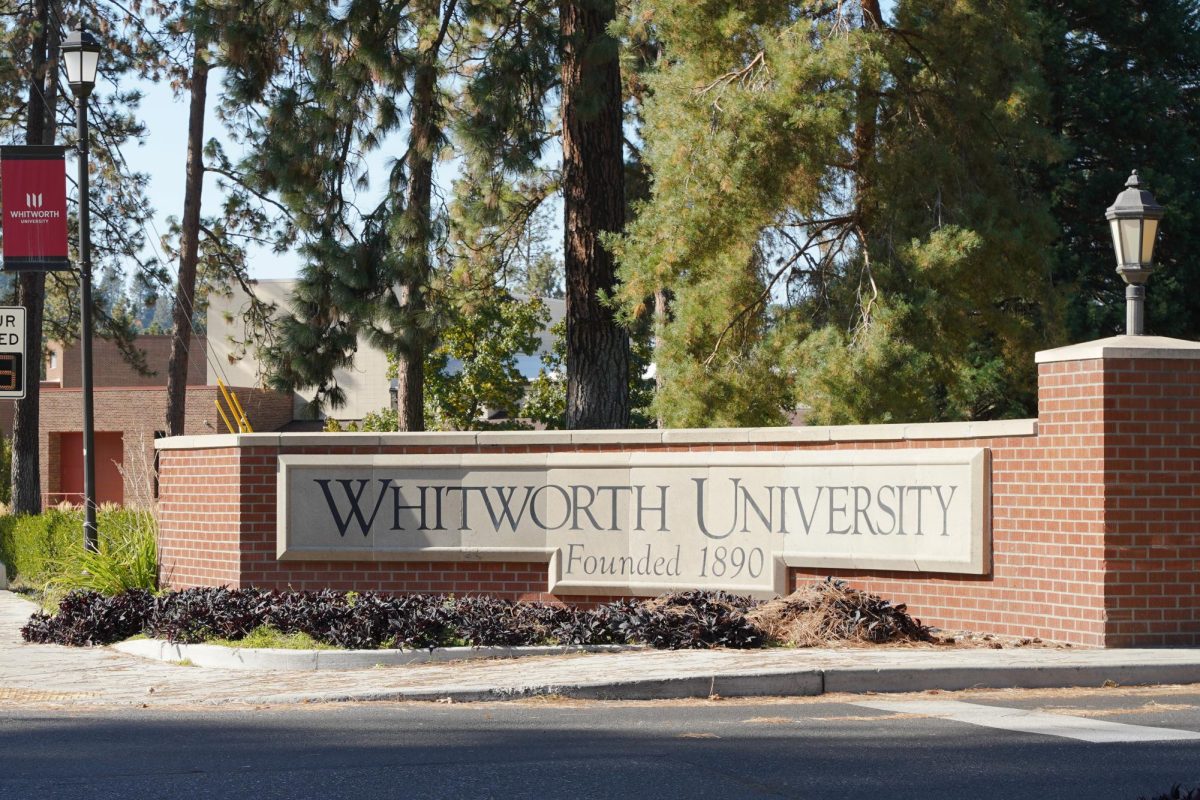
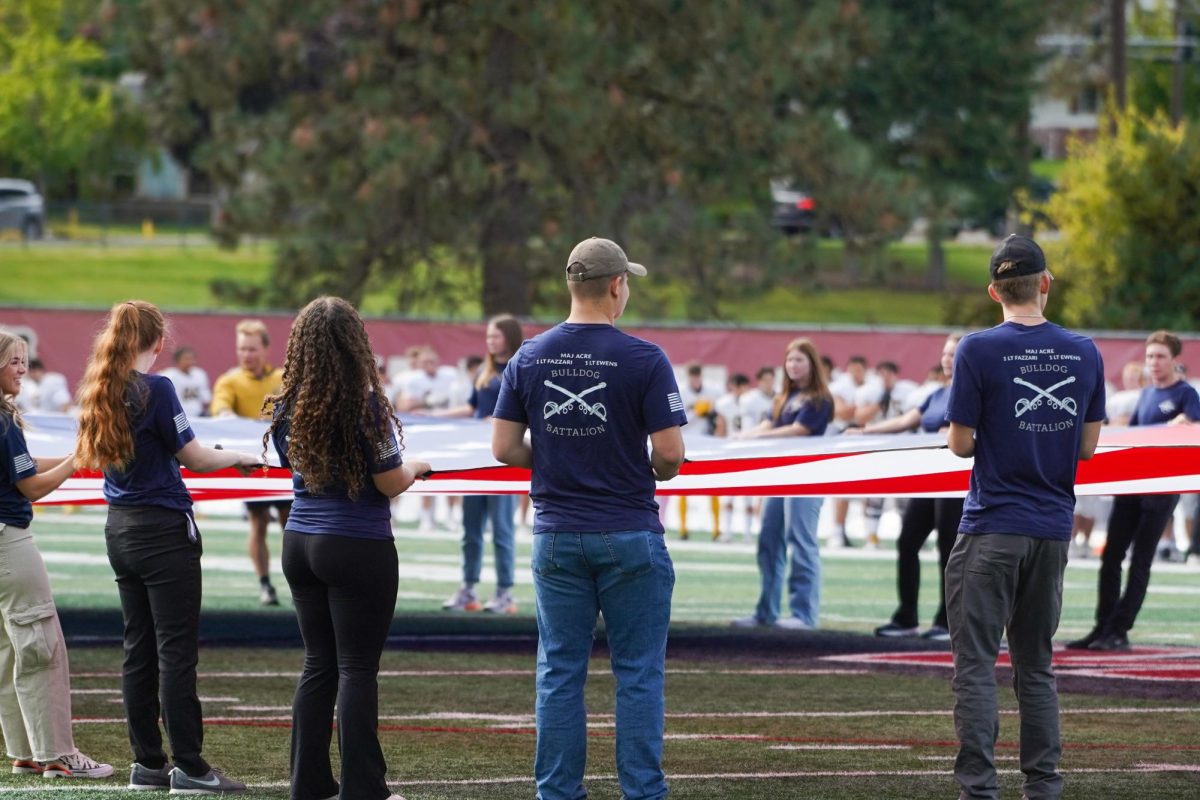
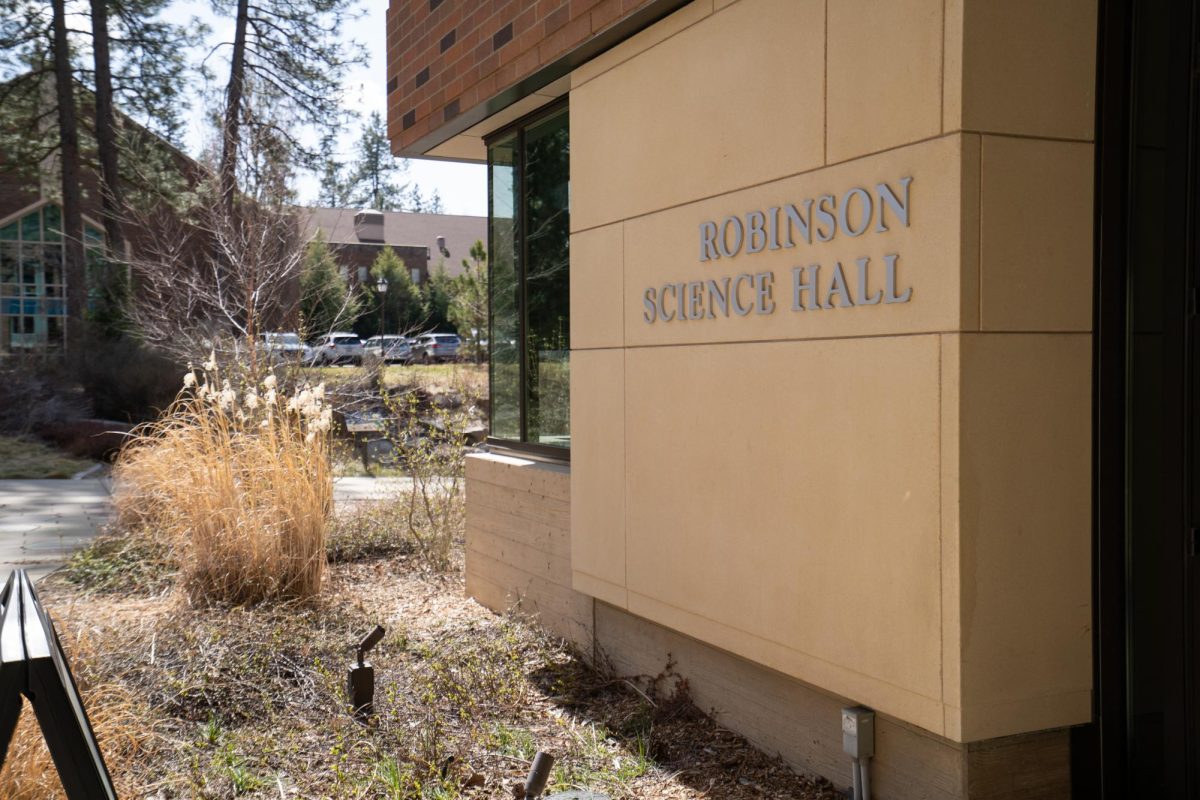
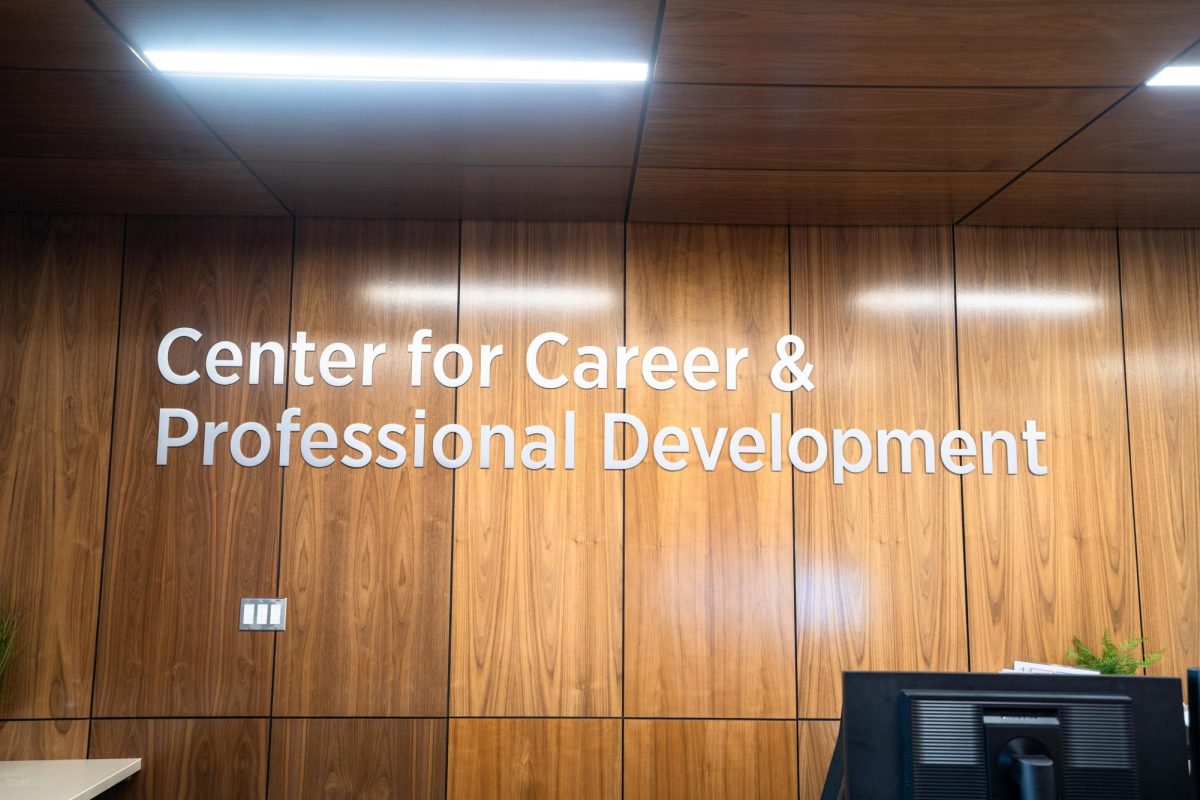
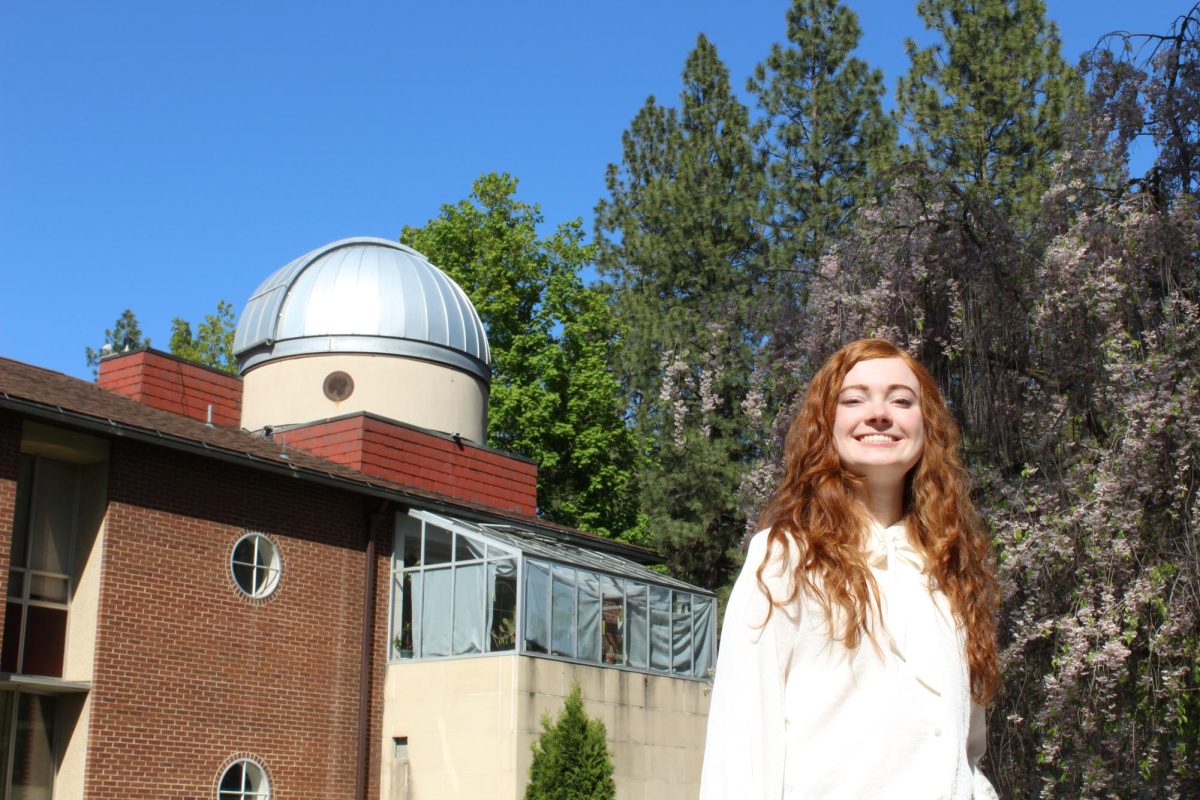
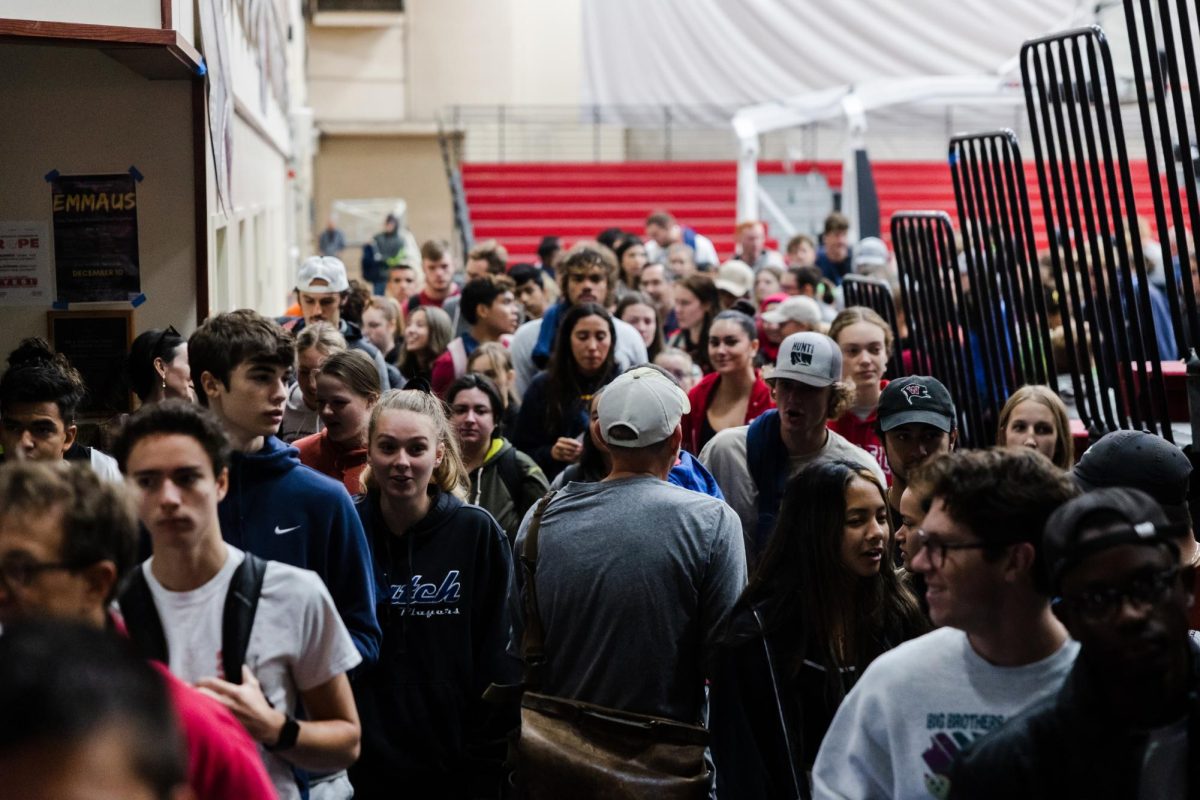
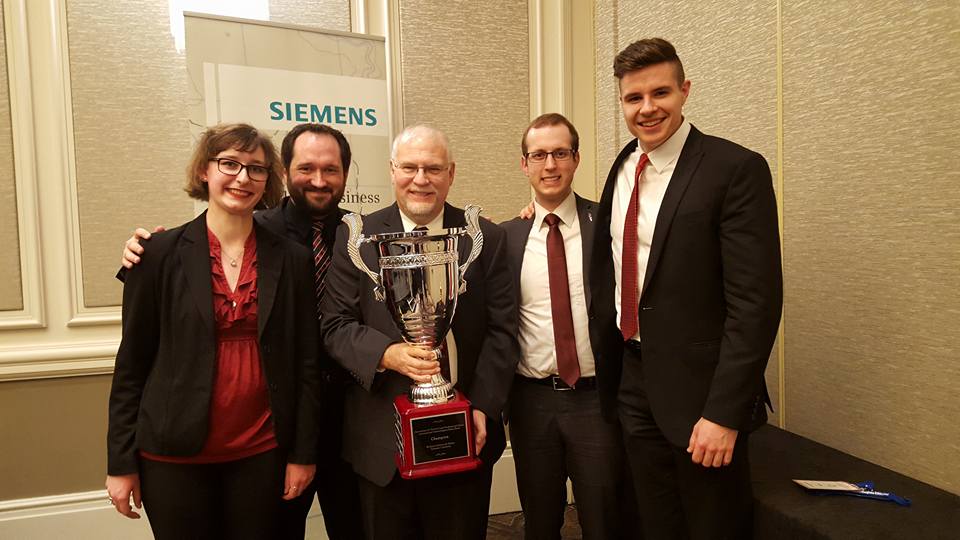

 Spokane?
Spokane?